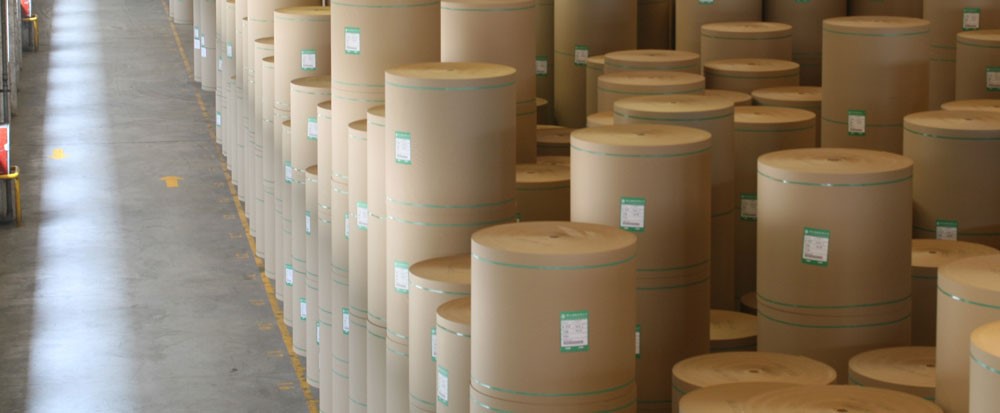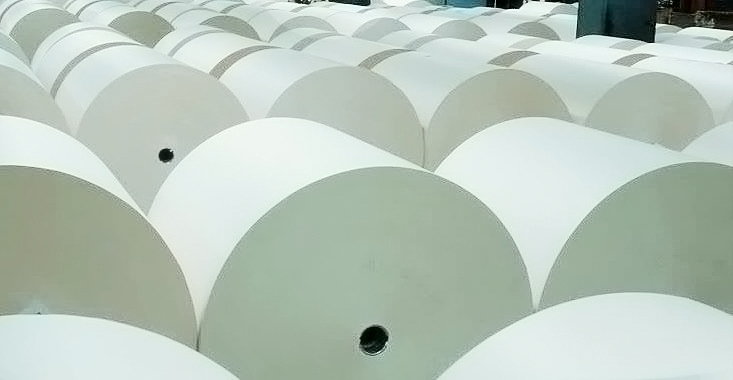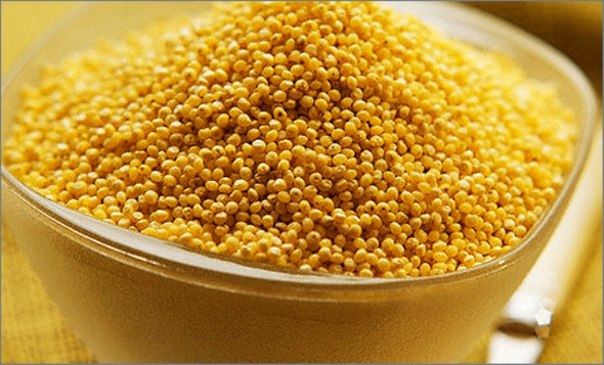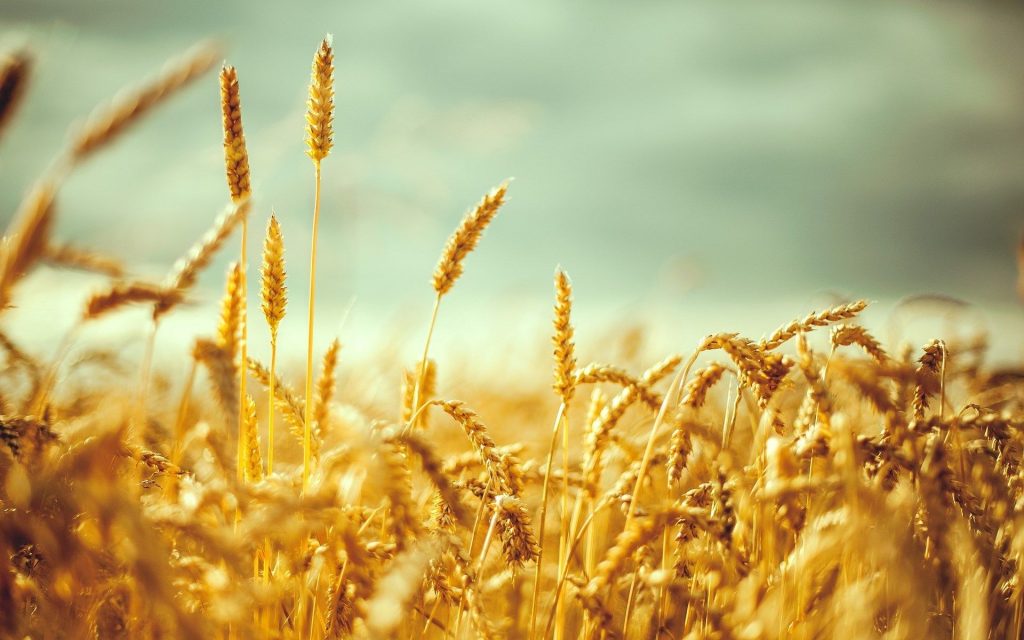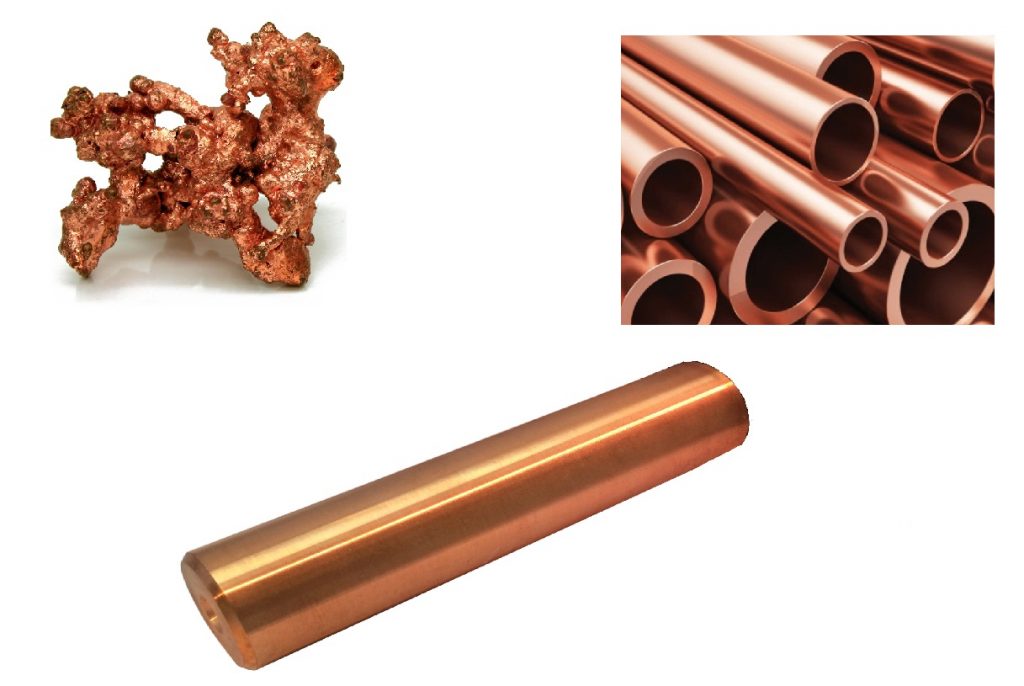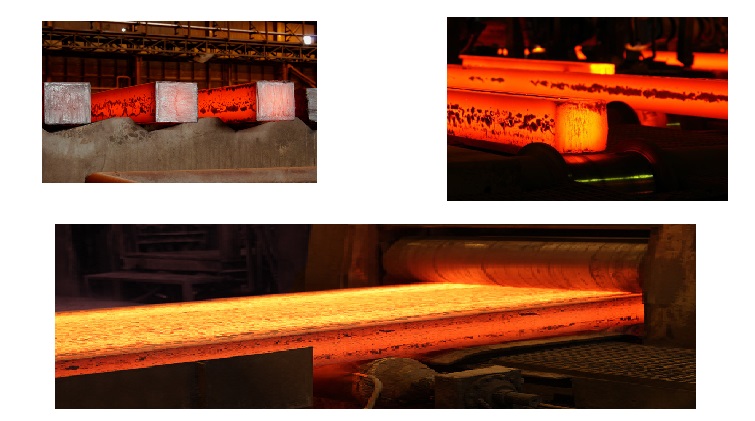Sack Kraft Paper
Wide range of applications: Cement and building materials, Chemicals, Animal feed, Pet food, Consumer bags, food
Wrapping Paper
Paper whose main use is wrapping or packaging made from any combination of virgin or recovered fiber and can be bleached or unbleached. Their applications would be fruit, food, commodities, drug and etc.
Media Paper
LWC This grade of paper is used for publications, advertisements and etc. Art Coated Could be used as packaging and media applications also.
Containerboard (Linerboard)
The facings or outside & inside surfaces of the corrugated panel that constitutes a box. It is generally made from a mixture of kraft and recycled pulps. Kraft Paper:A linerboard that contains 100% Kraft pulp as virgin pulp. The application of this grade is high quality and strong containerboards. Application: – Non-corrugated packaging: Wrapping, Masking paper, Cushioning packaging, Lining materials – Food & beverage packaging: Secondary packaging – Promotional packaging: Point-of-sale applications – Heavy-duty packaging Kraft liner:A linerboard that contains at least 80% virgin Kraft pulp fibers. Note that there is no mention of recycled or virgin fibers. The weight range is 90 gr/m2 to 250 gr/m2. Most important properties for this grade are Burst, Cobb, Foldability and RCT. Application: – Food & beverage packaging: Fruit & vegetable packaging, Agricultural produce, High-humidity & extreme-climate storage – Industrial packaging: Automotive industry, Consumer durables, Chemicals, Furniture – Luxury packaging: Electronics, cigarettes & tobacco – Heavy-duty packaging Test-liner:A linerboard that contains less than 80% virgin kraft pulp fibers. The weight range is 90 gr/m2 to 250 gr/m2. Most important properties for this grade are Burst, Cobb, Foldability and RCT. Application: – Food & beverage packaging: Agricultural produce – Industrial packaging: Automotive industry, Consumer durables, Chemicals, Furniture White topliner:A linerboard that contains less than 80% virgin Kraft pulp fibers with white top which is suitable for printing. The weight range is 90 gr/m2 to 250 gr/m2. Most important properties for this grade are Burst, Cobb, Foldability and RCT. Gray Back: A paperboard which made from multilayer of papers which each one plays different tasks as brightener layer, stiffer layer and filler layer. They named also as one side coated duplex paper board.
Printing and Writing Paper
Printing and writing paper is produced primarily with pulp and the three main types are wood-free uncoated paper, MFC (Machine Finished Coated paper), and wood-free coated paper. wood-free uncoated paper and MFC are used for textbooks, books and diaries, whereas wood-free coated paper is used for high quality catalogues, company newsletters, calendars and etc. All our printing and writing paper has consistent quality, excellent stiffness and the ink dries quickly. Thus, companies who have chosen us will be able to improve productivity. With our long term experience and capacity regarding the recyclable materials, we respond to the demand for eco-friendly recycled paper and have environmental certificates such as FSC and Carbon certification.
Millet
The name “millet” refers to several different but related grains from the grass family Poaceae. They look like tiny corn kernels and cost about a quarter of what you would pay for quinoa, making them among the more economical grains available. They are also naturally gluten-free. Like many whole grains, millet can be purchased as flour or flakes. What Does It Taste Like? Millet falls on the sweeter end of the whole grain scale; some people liken the flavor to corn. It also readily takes on the flavor characteristics of the ingredients in a sauce or a dressing. But the fluffy texture of cooked millet, similar to mashed potatoes or steamed rice, distinguishes it from other whole grains, such as chewy barely or buckwheat or farro. Similar to those whole grains, though, millet has a slightly nutty flavor, which toasting enhances. How to Cook Millet The indigestible hull gets removed during processing of millet intended for human consumption, so it cooks quickly and does not require overnight soaking. Millet has a reputation for being fussy to cook, but the easy-to-follow formula makes it possible to turn out a fluffy pot every time. For a toothier whole grain preparation, use 2 cups of water for each cup of millet; for a softer, creamier result, increase the water to 3 cups. Bring it to a boil, then add salt and the millet, cover the pot, and turn the heat down. Keep a close eye on the pot as it simmers, checking the texture at 15 minutes if you plan to use it as a grain side dish such as pilaf. If it’s done, you can drain off any water the grains didn’t absorb or continue cooking for up to an additional five minutes. For a softer and creamier millet, such as with a breakfast porridge, simmer for an additional 10 minutes, stirring periodically.
Feed Corn
Feed corn, or grain corn, is a North American term for maize grown for livestock fodder (silage), ethanol, cereal and processed food products. The principal field corn varieties are dent corn,flint corn,flour corn (also known as soft corn) which includes blue corn, and waxy corn. Field corn primarily grown for livestock feed and ethanol production is allowed to mature fully before being shelled off the cob before being stored in silos, pits, bins or grain “flats”. Field corn can also be harvested as high-moisture corn, shelled off the cob and piled and packed like silage for fermentation; or the entire plant may be chopped while still very high in moisture with the resulting silage either loaded and packed in plastic bags, piled and packed in pits, or blown into and stored in vertical silos. Although not grown primarily for human consumption, people do pick ears of field corn when its sugar content has peaked and cook it on the cob or eat it raw. Ears of field corn picked and consumed in this manner are commonly called “roasting ears” due to the most commonly used method of cooking them. Large-scale applications for field corn include Livestock, whether as whole cobs (for hogs only), whole or ground kernels, or (after chopping) the entire above-ground portion of the unripe plant cereal products including corn flour, corn meal, grits, nixtamal, tortillas, corn bread, and cold breakfast meals(such as corn flakes). Other processed human-food products including corn starch, corn oil, corn syrup, and high-fructose corn syrup. Field corn is not generally regarded, in industrialized societies, as desirable for human food without commercial pre-processing, the main exception being Mexico, in which field corn consumption far exceeds that of sweet corn. Outside Mexico, an exception is “roasting ears”, similar in appearance to corn, although it is necessarily roasted (rather than boiled or steamed as is usual with sweet corn), and is neither tender nor sweet even after the roasting. Field corn is also commonly eaten in third world countries, e.g. a variety of Field corn, is commonly eaten in the Andes region of South America.
barley
barley Most general purpose barley is used as feed for livestock. In Alberta, as much as 80 per cent of all barley grown in Alberta every year is used as feed. Much of that is used by Alberta’s cattle industry, resulting in beef that is finely textured and delicately marbled with white fat. Barley is also used to feed hogs, poultry and sheep in Alberta. In Alberta, barley is considered ideal feed for livestock for several reasons: It has the genetic diversity to perform well in many of the province’s growing conditions It is an excellent source of energy (starch) It contains more protein than corn (which is also widely used for livestock feed) It has a higher level of starch digestion in ruminants than corn (despite having a lower starch content) It can be the total grain portion for beef cattle and dairy cows If you intend to use hulless barley for animal feed—as hulless varieties can fall under both the general purpose and food classifications—Alberta Agriculture and Rural Development (AARD) recommends that the barley should contain no more than: 15 per cent hulls (57.6 lb/bu) 10 per cent sprouted kernels 15 per cent broken kernels 0.5 per cent heated, rotted or mildewed kernels
Copper
Copper beads have been excavated in northern Iraq and which are more than ten thousand years old and presumably made from native copper, nuggets of which can sometimes be found. Copper was widely used in the ancient world as bronze, its alloy with tin, which was used to make cutlery, coins, and tools. In China it was used for bells. Copper is not difficult to extract from it ores, but mineable deposits were relatively rare. Some, such as the copper mine at Falun,Sweden, date from the 1200s, were the source of great wealth. One way to extract the metal was to roast the sulfide ore then leach out the copper sulfate that was formed, with water. This was then trickled over scrap iron on the surface of which the copper deposited, forming a flaky layer that was easily removed.The products which our company can trade in this field are as follows : Copper Cathode
Steel
Steel is an alloy of iron with a carbon content that can range from 0.03% to 1,075% of its composition, depending on its grade. Steel is not the same as iron and they should not be confused. Iron is a metal relatively hard and tough, with atomic diameter (dA), 2.48 Å with melting temperature of 1535 ° C and boiling point 2740 ° C. The main difference between iron and steel lies in the carbon content: steel is iron with a carbon content between 0.03% and 1,075%. Steel retains the metal characteristics of iron in its purest form, but the addition of carbon and other elements either metallic or non-metallic improves its physical-chemical properties, especially its resistance. There are many types of steel according to the content of alloying elements. Each type of steel will allow different uses and applications, making it a versatile and widely used material in modern life. Billet Slab Bloom



